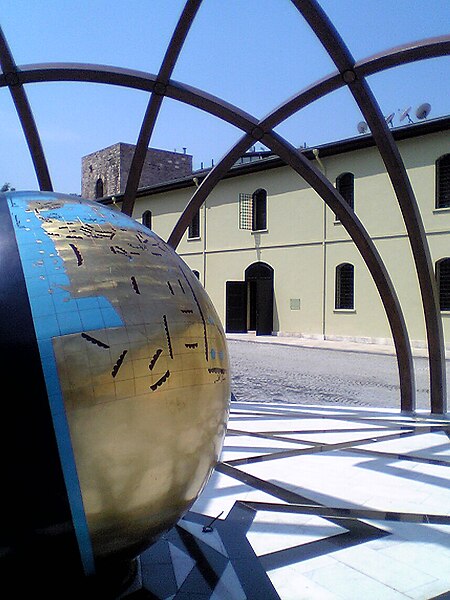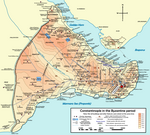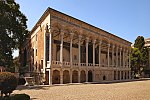Istanbul Museum of the History of Science and Technology in Islam

Istanbul Museum of the History of Science and Technology in Islam (Turkish: İstanbul İslam Bilim ve Teknoloji Tarihi Müzesi) is located in the former Imperial Stables Building in Gülhane Park. The museum was opened on 25 May 2008 and displays replicas of 9th and 16th century scientific instruments of Muslim scholars. The models were all made at the Institute for the History of Arab-Islamic Sciences of the Johann Wolfgang Goethe University in Frankfurt from descriptions and drawings in contemporary texts - very few original items are present. Many items are "completely imagined", while others are based on drawings of similar-looking devices in manuscripts, but it is unknown if these were ever built, or intended to be built.
Excerpt from the Wikipedia article Istanbul Museum of the History of Science and Technology in Islam (License: CC BY-SA 3.0, Authors, Images).Istanbul Museum of the History of Science and Technology in Islam
Taya Hatun Sokağı, Istanbul
Geographical coordinates (GPS) Address Nearby Places Show on map
Geographical coordinates (GPS)
| Latitude | Longitude |
|---|---|
| N 41.013847 ° | E 28.979562 ° |
Address
Romantic apart hotel (Romantic cafe and resturant)
Taya Hatun Sokağı
34122 Istanbul
Türkiye
Open on Google Maps











